POTHOS: Do you know what I've done wrong?
Nat Michelle
6 years ago
Featured Answer
Sort by:Oldest
Comments (15)
jamilalshaw26
6 years agoRelated Discussions
I've done it. Brought a orchid. Now what?
Comments (9)Note - punctuation may be weird cuz this was copied and pasted from a Word doc. Hi Mike. Welcome to the forum and to orchids. A quick note - a lot of people start in orchids like Steph/Dragon Kite describes - seeing what will grow for you. Different orchids need way different growing conditions, as ifraser mentioned. Another approach is to figure out the environment you can provide for an orchid and look for orchids that will most likely thrive in it. Basic environment elements are light, temperature ranges, watering methods, and air circulation. Most people's homes are suitable for Phals. The nickname of your 1st orchid is Phal, pronounced FAIL, just as the label says. One book that's helped boatloads of new orchid folks is "Ortho's All About Orchids." Check Amazon for the paperback. A couple of weeks ago, it was $2.70 + shipping. Another good resource is the AOS (American Orchid Society) site. One section is "Now That I Have This Plant, What Do I Do With It?" On that page is a link to ORCHIDS 101, the AOS "quick start guide to orchid culture." You can sign up for their free beginner's newsletter. These aren't the only good resources, but tons of orchid books and online resources have info that's just plain wrong, and as you said, it can be overwhelming. Some of the bad info's harmless, but some of it could compromise the health of your orchid. On this forum, opinions on culture differ, even among experienced growers. That's part of the challenge - finding out what works for your orchids. A couple of other basics: 1. Your orchid may have come in a plastic pot inside a decorative outside pot. Or the plastic pot may have festive paper around it. Be sure that inner orchid pot has drainage holes in the bottom, so water can drain. Also, make sure your orchid pot never sits in water. That means, if you keep any outside pot or paper for the pot, the orchid must drain completely before you put it back in the decorative whatever. 2. If your water is softened, you'll need another source of water for your orchid. The salts will kill the orchid. 3. Most orchid deaths are caused by over watering. You may know that, in the wild, Phals usually grow on the trunk or branch of a tree with their roots bare. The roots get water and nutrients when it rains, and breezes keep them from staying wet too long, keep bugs away, etc. Our challenge is to create an environment close enough to the wild that the orchid will thrive. Pots and potting media - usually bark or moss - are for our convenience. At first, all the info may seem yes - overwhelming - it sure has for thousands of people who became successful hobbyists. In the near future, terms will begin sounding familiar (they may already). You're launched! :) Let us know when more questions come up. Whitecat8 Here is a link that might be useful: Now That I Have This Plant, What Do I Do With It?...See MoreHELP! I've done something wrong, can I still rescue this..?
Comments (3)I see the dreaded root rot has occurred at your house. I agree that you may be able to save this plant. When this happens to me, I first remove all the dead and mushy roots, and closely examine the stem. Remove any stem that is brown and mushy, and just keep working your way up the stem until you have green stem. I then place the crown into some nice warm water to re-hydrate it, along with any of the leaves you picked off. I find it helps to take off leaves until you have maybe three rows, so the crown can focus more energy on growing new roots. Scrape any leaf callousses off the stem, place into 1-1-1 mix, and bag it. Bagging, or any method you choose, helps keep the humidity high and the crown hydrated. Keep under bright light but out of direct sun. In a couple of weeks it should have re-rooted. Barbara...See MoreLook what I've done!
Comments (19)mommachelle, I can't wait until I have enough roses for bigger bouquets! Mine are all still such babies, yet. Harry, THANK you. Cutting these flowers really helped me realize how many more flowers I need for cutting, lol! More liatris! Some daisiesI White cones! Terryjean, I will be planting one, then, as soon as my backyard bed is ready! Or next Spring. The latter, more likely, lol! Priceless, no. A buck-fifty, lol! I should have bought the whole box. I saw the jars in another store for NINE BUCKS apiece, and the only difference was that they were clean. Well. Soap is cheap, my friend. And now they llok just the same! If I am back that way I will pick some up for you and hold them hostage until we can meet face-to-face! :o)...See MoreDone wrong by blacktop contractor - what to do?
Comments (4)You've probably dodged a bullet by not dealing with them, so consider yourself lucky. I would look at other companies and go for ones with good referrals - from what I understand driveway asphalt is a racket. I would also examine the contract carefully and maybe have a lawyer look at it, so you can confirm in writing to them that they are not interested in doing your job and the contract is null and void, and I'd document all the calls and the responses you've had, you don't want them turning up suddenly after it's done and saying "well if you have already had the job done, we want our money, we'll settle for the $5700." As I understand how you've explained things, theoretically you are still on the hook to them if they 'decide' to do it or whatever....and I agree, from the stories I've heard, I'd never say yes to a door to door person saying "we've got leftover asphalt" or "while we're doing the neighbourhood.." In my town there have been some fly by nighters, literally and it's not uncommon....See MoreNat Michelle
6 years agoNat Michelle
6 years agoNat Michelle
6 years agotheparsley
6 years agotropicbreezent
6 years agolitterbuggy (z7b, Utah)
6 years agoTiffany, purpleinopp Z8b Opp, AL
6 years agomassey516 (NW Montana z 4b)
6 years agoNat Michelle
6 years agoPaul MI
6 years ago
Related Stories
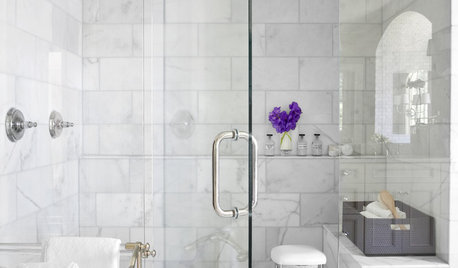
REMODELING GUIDESWhy Marble Might Be Wrong for Your Bathroom
You love its beauty and instant high-quality appeal, but bathroom marble has its drawbacks. Here's what to know before you buy
Full Story
FUN HOUZZEverything I Need to Know About Decorating I Learned from Downton Abbey
Mind your manors with these 10 decorating tips from the PBS series, returning on January 5
Full Story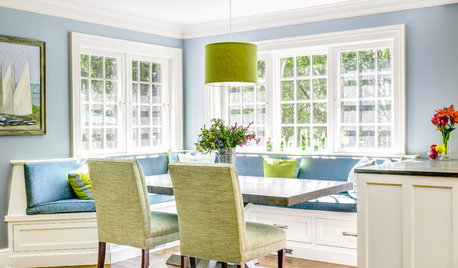
DECORATING GUIDESThe Dumbest Decorating Decisions I’ve Ever Made
Caution: Do not try these at home
Full Story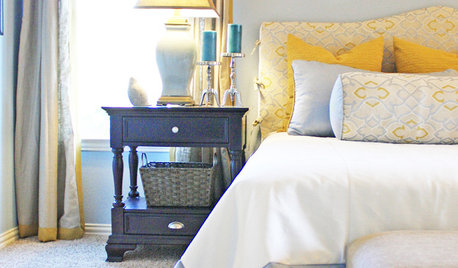
COLOR8 Color Palettes You Can't Get Wrong
Can't decide on a color scheme? Choose one of these foolproof palettes for a room that feels both timeless and fresh
Full Story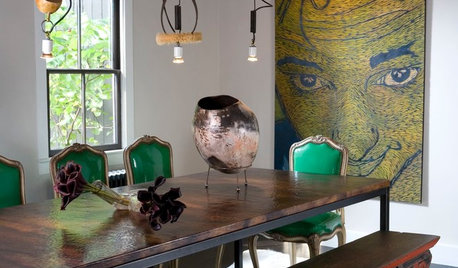
LIFEYou Said It: ‘Every Room Should Have the Right Wrong Thing’ and More
This week on Houzz we were inspired to break out of catalog styling ruts and let our design freak flags fly
Full Story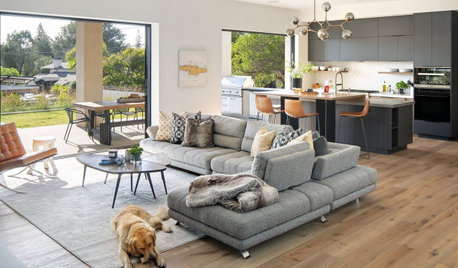
HOUSEKEEPING7 Chores You May Be Doing Wrong
Find out the best way to clean glass and change a duvet cover — and why you should remember to look up
Full Story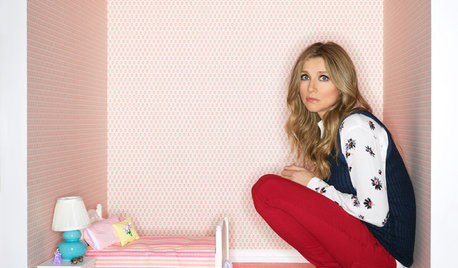
LIFETell Us: Do You Know How to Live With Your Parents?
If you've tried multigenerational living under one roof, we'd love to hear the details
Full Story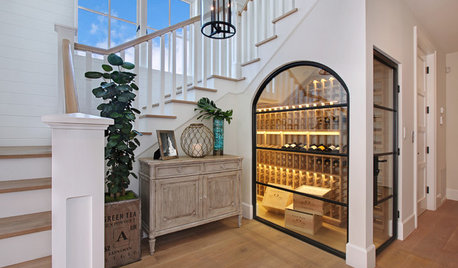
LIGHTINGWhat to Know About Switching to LED Lightbulbs
If you’ve been thinking about changing over to LEDs but aren't sure how to do it and which to buy, this story is for you
Full Story
HOUSEKEEPINGGet It Done: Store Decorations and Tidy Up Postholidays
Move on to New Year's with a clear conscience, knowing you've recycled thoughtfully and packed carefully to make setup next year easy
Full Story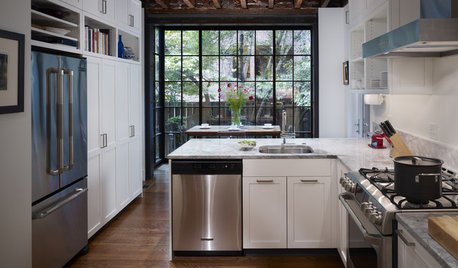
FEEL-GOOD HOME12 Very Useful Things I've Learned From Designers
These simple ideas can make life at home more efficient and enjoyable
Full Story


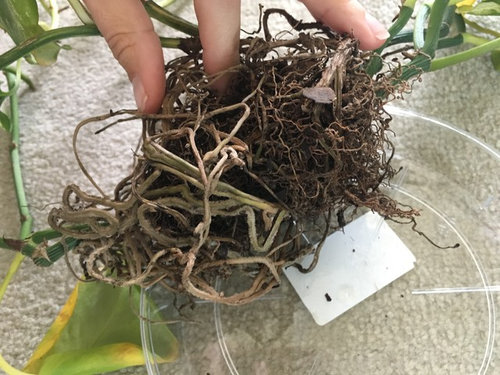
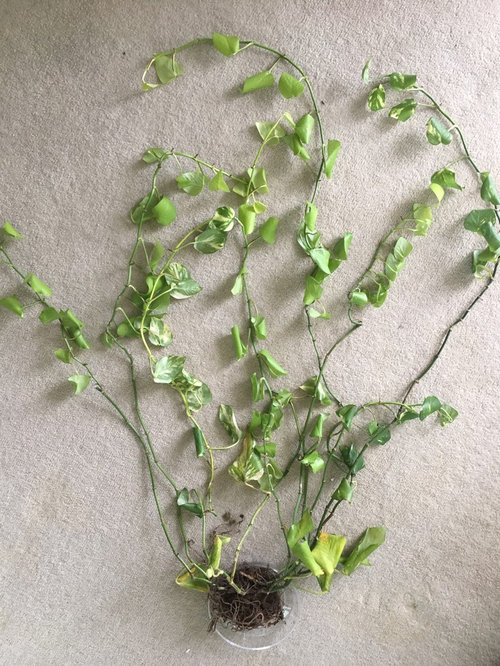
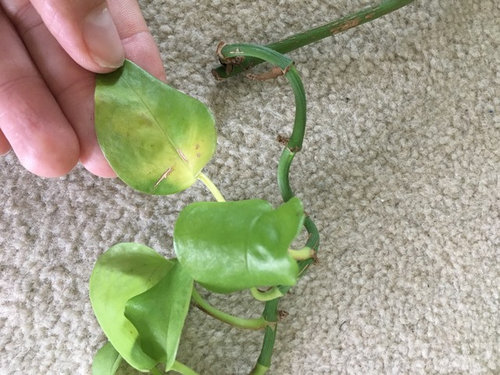
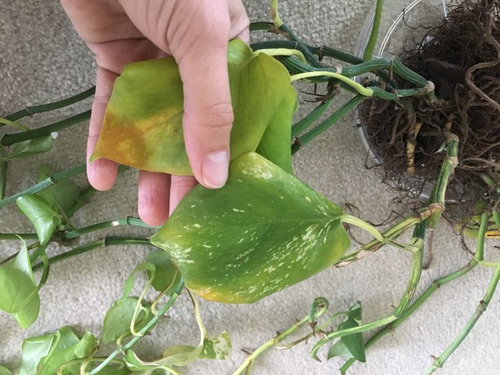
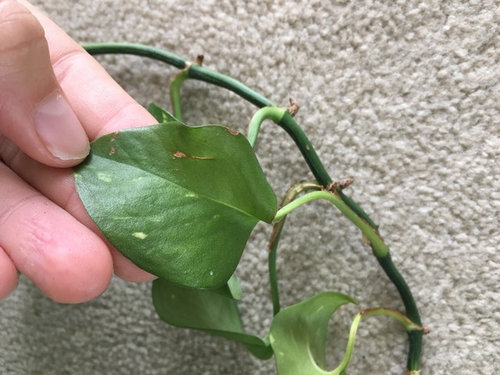
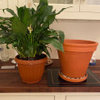



Paul MI